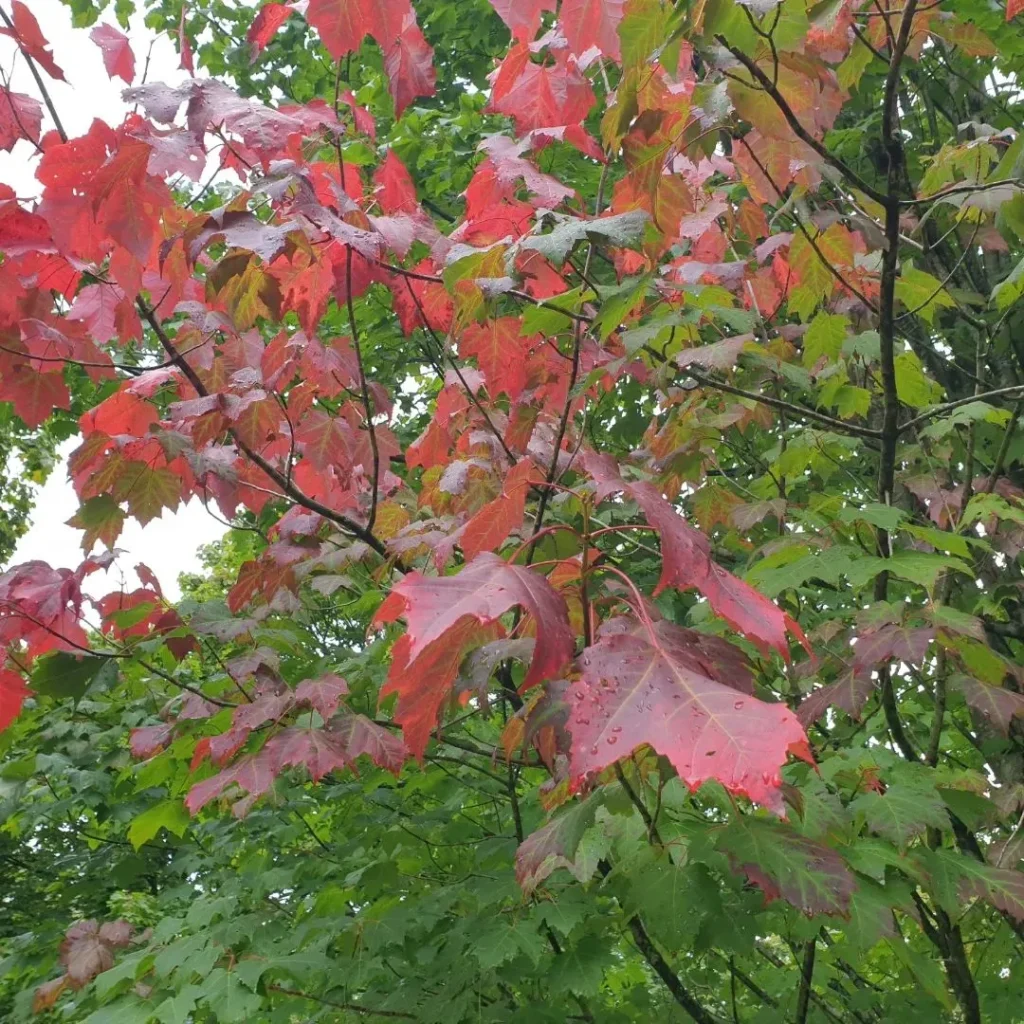What is Peperomia Ferreyrae?
There’s a certain charm to small things, and the Peperomia Ferreyrae, also known as the Happy Bean plant, is a testament to that. These little guys, with their plump, bean-shaped leaves, have stolen a place in my heart (and on my windowsill) for their easygoing nature and unique charm. But for those new to the plant parenthood journey, a few questions might be swirling: How do I keep this little bean happy? Can I share the joy by propagating more? Well, fret no further, fellow plant enthusiasts! This guide will equip you with everything you need to know about caring for and propagating your Peperomia Ferreyrae.
Just like us humans, plants have their preferred environments. For the Peperomia Ferreyrae, bright, indirect light is key. Think of a spot near an east or west-facing window where they can soak up the morning or afternoon sun without being subjected to harsh afternoon rays. Direct sunlight can scorch those precious leaves, so be mindful of placement.
1424 Species in Genus Peperomia
Watering: The Art of Finding the Balance
One of the biggest downfalls for new plant parents is overwatering. The Peperomia Ferreyrae, with its succulent-like leaves, thrives on the “less is more” approach. Let the topsoil dry completely between waterings. A good rule of thumb is to stick your finger into the soil. If the top inch feels dry, it’s watering time. Remember, these little beans store water, so underwatering is far less damaging than overwatering, which can lead to root rot.
Choosing the Right Potting Mix: Drainage is King
When it comes to potting mix, think well-draining. A standard potting mix amended with perlite or sand will ensure proper drainage and prevent water from accumulating around the roots. Opt for a pot with drainage holes – this allows excess water to escape and prevents root rot.
Keeping Your Happy Bean Happy: Temperature and Humidity
The Peperomia Ferreyrae thrives in average room temperatures, ideally between 65°F and 75°F (18°C and 24°C). They’re not fans of extreme cold, so avoid placing them near drafty windows or air conditioners. While they don’t require high humidity levels, a dry winter can leave them looking a bit parched. Grouping your Peperomia Ferreyrae with other humidity-loving plants can help create a mini oasis, or you can occasionally mist them with filtered water.
Fertilizing: A Light Touch
Peperomia Ferreyrae are generally low feeders. During the active growing season (spring and summer), a balanced liquid fertilizer diluted to half strength can be applied every few waterings. However, it’s better to err on the side of under-fertilizing as an overabundance of nutrients can harm the plant.
Sharing the Joy: Propagating Your Peperomia Ferreyrae
The beauty of these happy beans is that they’re relatively easy to propagate. There are two main methods: stem cuttings and leaf cuttings.
Stem Cuttings:
- Choose a healthy stem with a few nodes (the little bumps where leaves emerge).
- Using a sharp, sterilized knife, make a clean cut just below a node.
- Remove the lower leaves, leaving a few nodes exposed.
- Pot the cutting in a well-draining potting mix, keeping the soil slightly moist.
- Place the pot in a warm, brightly lit location (indirect light).
- Be patient – it can take several weeks for roots to develop.
Leaf Cuttings:
- Select a healthy, mature leaf.
- Gently remove the leaf from the stem, making sure to get a small portion of the petiole (leaf stalk) attached.
- Lay the leaf flat on a well-draining potting mix, with the petiole end slightly buried.
- Keep the soil moist but not soggy.
- Provide bright, indirect light.
- New plantlets should sprout from the base of the petiole in a few weeks. Once they’ve established some roots and leaves, you can carefully separate them and pot them individually.
Potential Problems and Solutions
While generally low-maintenance, Peperomia Ferreyrae can encounter a few challenges. Here’s a quick guide to troubleshooting:
Problem: Yellowing leaves Possible Cause: Overwatering. Reduce watering frequency and allow the soil to dry completely between waterings.Problem: Drooping leaves Possible Cause: Underwatering. Water your plant thoroughly until water runs out the drainage holes.Problem: Brown spots on leaves Possible Cause: Sunburn. Move your plant to a location with less direct sunlight. Alternatively, you can try sheer curtains to diffuse harsh rays. With a little TLC and these simple tips, your Peperomia Ferreyrae is sure to thrive for years to come, bringing a touch of joy and greenery to your space.
If i die, water my plants!



